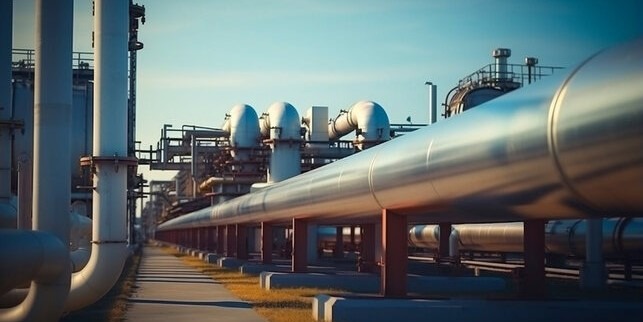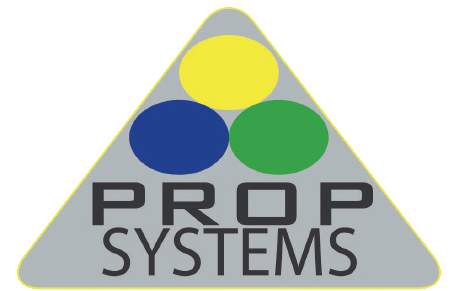The EDF issued interactive maps on Wednesday that will pinpoint the size and location of thousands of natural gas leaks from distribution pipes that lie below Boston, Indianapolis and Staten Island, data collected by using three specially-equipped Google Street View cars that took measurements every half second. ( read more)
Predicting Ruptures on Operating Pipeline
- 651 Dauntless Pkwy, Elmont, NY 11003
- propsystems25@yahoo.com
- (877) 710-7926

Important Information
By John Schwartzaug. August 4, 2015
(The New York Times)
A device commonly used to measure the methane that leaks from industrial sources may greatly underestimate those emissions, said an inventor of the technology that the device relies on. The claim, published Tuesday in a peer-reviewed scientific journal, suggests that the amount of escaped methane, a potent greenhouse gas, could be far greater than accepted estimates from scientists, industry and regulators.
The new paper focuses on a much-heralded report sponsored by the Environmental Defense Fund and published by University of Texas researchers in 2013; that report is part of a major effort to accurately measure the methane problem. But if the supposed flaws are borne out, the finding could also have implications for all segments of the natural gas supply chain, with ripple effects on predictions of the rate of climate change, and for efforts and policies meant to combat it. (read more)
